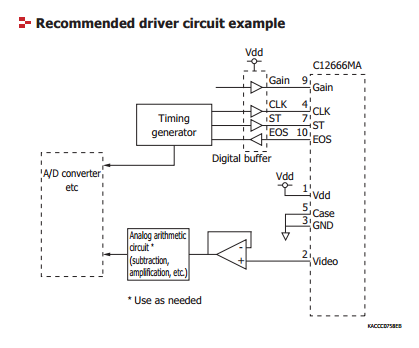theatrus
100-mile-commuter
Hi! You may remember me from other threads like LEDBrick DIY puck and high density stars, plus drivers and the Apogee sensor PAR interface board thread, and some other odds and ends.
Many moons (months) ago, I dropped some money into a GroupGets buy for a pair of Hamamatsu Micro-spectrometers.

They can resolve light intensity between 340-780nm in up to 15nm increments. They are not cheap ($180 on groupgets, qty1), but are a lot cheaper than other commercial pre-packaged light spectrum units that employ an actual spectrometer (and not a coarse approximation using an RGB light sensor). The actual absolute light intensity level is not specified (designed for relative or ratiometric measurements), so it likely wouldn't make a good PAR meter without a ton of calibration, assuming it had any repeatability of output.
They promptly sat on a shelf for awhile, until now.
The goal is to make a breakout/interface board for the units, USB and/or BLE (wireless!) and do some tests on LED lighting fixtures to see how it performs.
Stay tuned!
Many moons (months) ago, I dropped some money into a GroupGets buy for a pair of Hamamatsu Micro-spectrometers.

They can resolve light intensity between 340-780nm in up to 15nm increments. They are not cheap ($180 on groupgets, qty1), but are a lot cheaper than other commercial pre-packaged light spectrum units that employ an actual spectrometer (and not a coarse approximation using an RGB light sensor). The actual absolute light intensity level is not specified (designed for relative or ratiometric measurements), so it likely wouldn't make a good PAR meter without a ton of calibration, assuming it had any repeatability of output.
They promptly sat on a shelf for awhile, until now.
The goal is to make a breakout/interface board for the units, USB and/or BLE (wireless!) and do some tests on LED lighting fixtures to see how it performs.
Stay tuned!
Last edited:






